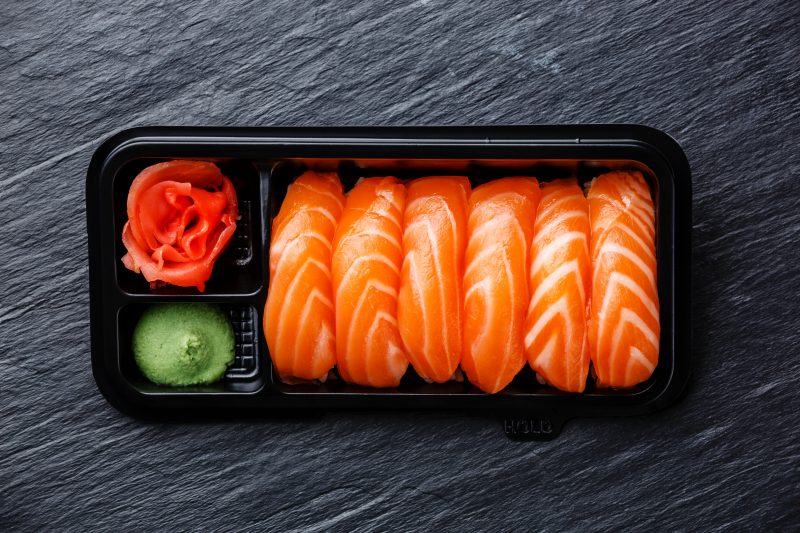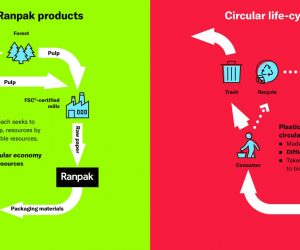

Reflections on back-to-black success
Ferro have succeeded in developing a superior alternative to carbon black pigments for optimal black plastic recycling. Ferro’s new inorganic black pigments have been specially formulated to reflect light from the emitter, thus allowing the sensor to properly identify and sort black plastic. This eliminates the risk of unsorted materials being sent to landfill sites. Ferro’s latest inorganic pigments offer FDA and EU compliant, Nir-Detectable black pigments for the optimisation of black plastic recycling.
Modern plastic recycling operations leverage high-tech processing equipment to move material at high speed with massive sorting capabilities in order to create the purest, least contaminated streams utilizing NIR (near infrared) signature, either in transmission or reflection.
Plastic recyclers face the challenge of accurately sorting black plastics, which are typically colored with carbon black colorants that do not reflect well in NIR sorting devices. Black polymers colored with carbon black absorb light emitted from the NIR spectrum and cannot be identified and sorted by this method, adding to the leftover stream of unsorted materials that end up in landfills.
Advanced Sorting Capabilities
Ferro’s NIR-detectable black pigments for plastics packaging are specifically designed for optimal detection and sorting by NIR sorting devices. Ferro’s inorganic pigments
(PBr29) 24-3950 FCP and Nubifer NB-803K FCP (PBk33) have been formulated to reflect light from the emitter, allowing the sensor to properly identify and sort the plastic.
Ferro’s NIR reflecting black pigments are not only designed specifically to meet the requirements of individual polymer sorting via NIR reflection technologies, they also provide the colour, processing, and surface finish properties needed across the diverse polymers required for food-contact applications.
Meeting Rigorous Food Contact Regulations
The company’s new product range of NIR reflecting blacks for recyclable plastic food packaging is the outcome of an intensive two-year development programme. All its pigment raw materials comply with stringent product specifications without the risk of cross-contamination during the manufacturing cycle. New processes have been implemented to ensure the absence of heavy metals and to provide consistent and accurate quality control.
Ferro’s NIR reflecting blacks are a part of their complete FCP product range which is AP89(1) certified for each lot (even at lower limits than the AP89(1) standard), and comply with the requirements established by EU 10/2011 regarding plastic packaging in contact with food. Furthermore, they have FDA approval (FDA 21 CFR 178.3297) to be used up to 5% in the final plastic material.
Exceeding Food-Contact Plastic Colouring Needs
Ferro’s NIR-reflecting pigments are the ideal answer to traditional, less-efficient carbon black pigments. They meet food contact regulatory requirements for the diverse range of plastic packaging. The company’s ability to demonstrate their suitability for food packaging end-use applications, provides confidence and security to all the downstream components along the complete supply chain.
Backed by proven technical and regulatory support, the company’s in-depth technical expertise makes it a trusted source for meeting increasingly demanding regulatory-compliant applications, whilst delivering a consistent and excellent performance.
Ferro also offers a full range of pigments that are suitable for use in plastic that is in contact with food. These include other complex inorganic color pigments such as cobalt blues and greens, brown and yellow titanates), ultramarines, iron oxides, chrome oxide greens, and various organic pigments.
For further details visit: www.ferro.com





